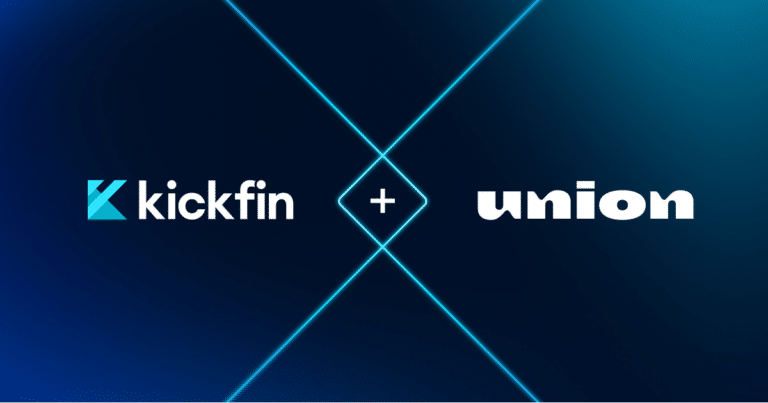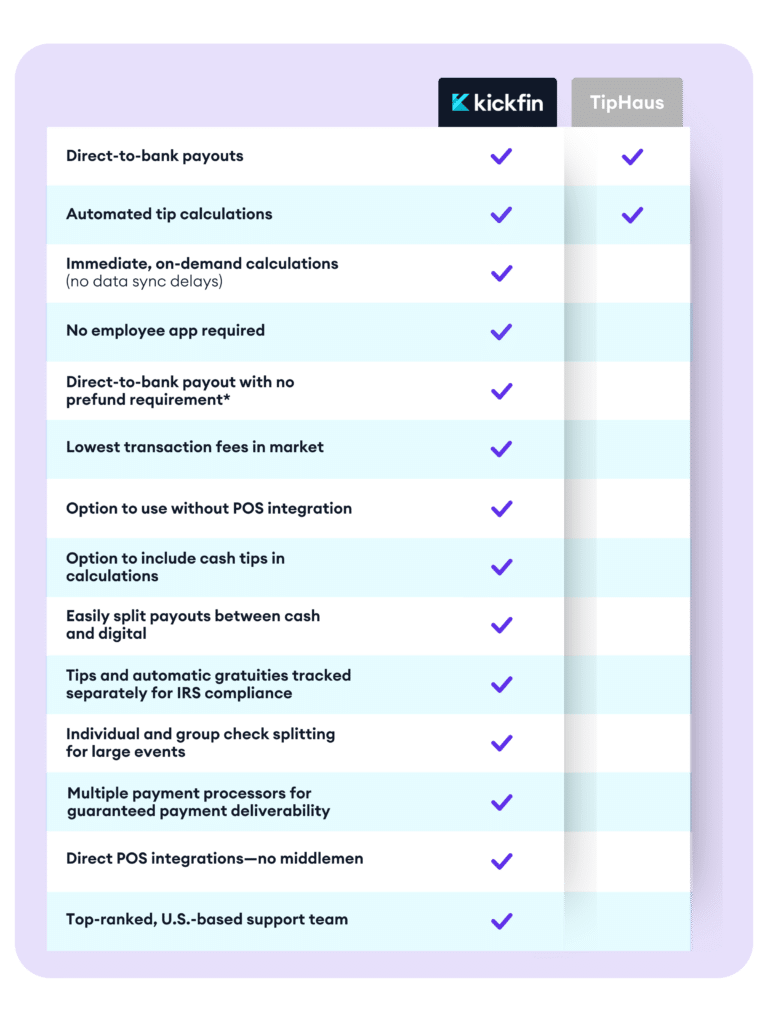In the restaurant industry, profit margins have always been tight — and these days, they’re only getting tighter.
Running a restaurant is a labor intensive business. You need a strong back of house team to push out food, front of house workers to greet and care for guests, and managers to keep everyone in check. Naturally, labor is one of the most significant expenses for restaurant operators. In order to keep costs reasonable for customers, even a slight overage on labor can break your budget — but thankfully there are levers you can pull to reduce labor costs.
If you want to secure your business’s financial future, you’re going to need to streamline scheduling practices and keep a close eye on labor costs… without frustrating employees who want more shifts.
Don’t worry: you can turn to traditional wisdom, sales forecasting, and emerging restaurant technology to make sure that you stay on budget.
Here are a few ways you can save on labor costs at your restaurant:
1. Rethink the schedule
Obviously, the most straight-forward way to cut labor costs is to reduce the number of people you schedule on a given night.
We get it — you don’t want to see hour-long ticket times and poor guest experiences. But you might not need as many folks on the line or servers on the floor as you think — at least, not all the time.
Staffing and scheduling isn’t a perfect science, but there are some tactics operators should test if they’d like to “right size” every shift — including:
- Analyze your daily schedule. Don’t make assumptions about your peak times and slow periods. Analyze sales trends and let the data be your guide.
- Anticipate seasonal trends. If you’re in a college town, don’t wait until your servers are twiddling their thumbs in July to implement a new summer schedule.
- Let your seasoned staff shine. Your veteran employees likely thrive on those super busy nights when they’re running on pure adrenaline (and earning way more in tips). Consider giving more experienced workers more responsibility — assuming they’re willing and able — and you might be able to get away with fewer people on a shift here and there.
>> Learn about scheduling software that helps you manage labor and engage with employees
2. Assess and address productivity
Are you making the most of the team that you already have? There are a few ways you can identify your highest-producing employees and make the most of their success:
- Evaluate employee performance. Most employees want to be successful; observe your team and analyzes things like sales per labor hour, table turnover rate, and tip volume to get a sense of your strongest players and those who could use more training (and bonus: this can reduce turnover and boost team morale)
- Provide incentives. Create a fun bonus system that rewards strong performance and high levels of productivity. You can use data from the previous data point to set goals.
- Cross-train employees. Training your staff to handle multiple roles – or hiring folks with vast service experience – offers flexibility for scheduling and can reduce your need for additional hires.
3. Don’t pay employees to wait for their tips
No, we’re not saying to cut all of your servers early (no matter how much they ask).
But, you can send your servers on their way much quicker when they don’t have to wait around for managers to count out cash tips. Once they’ve finished their sidework, servers can clock out and see their digital tips sent directly to their bank account, instead of hanging around on the clock waiting for the shift manager to do their check outs.
4. Prevent labor overages before they happen
Most restaurants simply can’t afford to pay overtime for staff. But sometimes your full-time staff creep toward 40 hours of work without anyone noticing…and suddenly you’re paying 1.5x what you expected for a single worker.
This, too, goes back to proper scheduling policies. Give yourself a bit of wiggle room for the employee who clocks in 10 minutes early or often takes a long time on sidework by never scheduling anyone for more than 38 hours each week.
5. Pay close attention to clock-outs
People make mistakes, and tired servers often leave their long double shift without clocking out for the night. Usually, they’ll realize their mistake and call the store to have someone clock them out (still adding extra time to their shift).
But sometimes, the clock keeps running all night, and no one notices until it’s time to process payroll. Two weeks later, your admin team is spending way too much time correcting clock-outs so that you don’t end up paying for 8 extra hours of work.
Try using technology that puts guardrails in place to prevent any clock-out mistakes before they happen. Kickfin doesn’t allow you to process and pay out tips until an employee is clocked out, so managers can make sure everyone is clocked out at the proper time.
(We also have some other exciting new features that can make your life easier!)
Not only can Kickfin help you reduce labor costs, but we’re ready to simplify your entire tip management process. Reach out to us to learn more about our instant tip calculations, integrations, and smarter tipping solutions.






